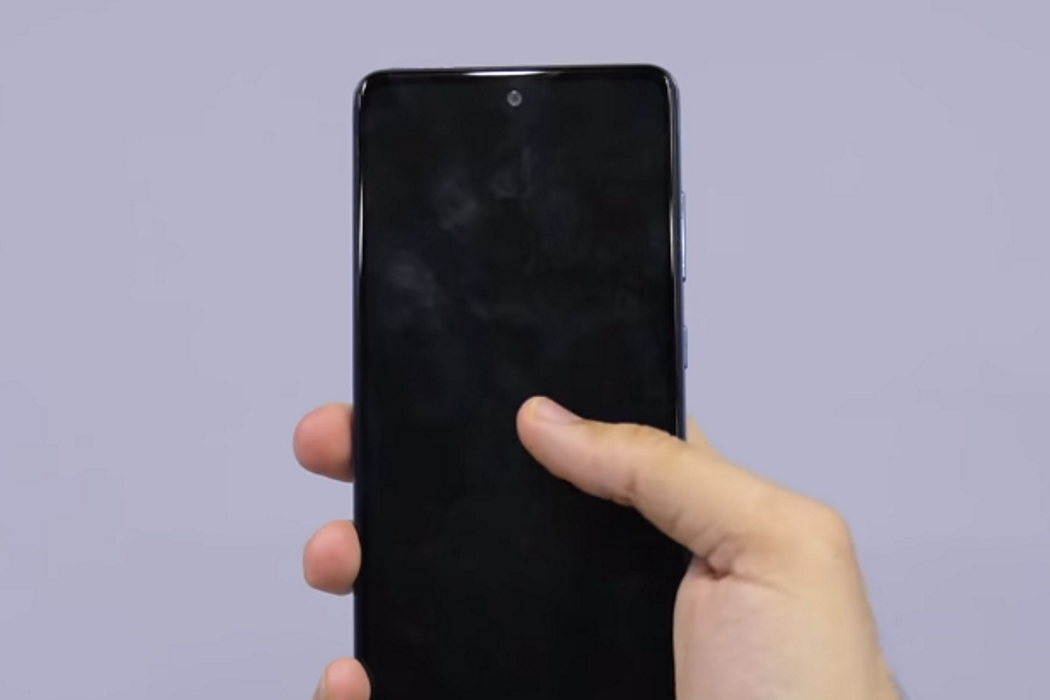Are you having trouble with the touch screen on your Samsung Galaxy A52? Is it slow, unresponsive, or not working at all? Don’t worry, we’ve got you covered!
In this post, we’ve compiled a list of effective tips to help you fix the issue and get your touch screen working properly again on your Galaxy A52. Let’s find out how to troubleshoot and fix your touch screen problems on your Galaxy A52.
Tips to Fix Galaxy A52 Touchscreen Issue
1. Restart the phone
A software glitch or malfunction can often lead to slow or unresponsive touch screen on your Galaxy A52. Restarting your phone may help fix the problem. This action will refresh your phone’s memory and clear of any error that may be causing the issue. To restart your phone, follow these steps:
- Press and hold the side button and volume down key together until the Power Menu appears.
- When the Power Menu appears, tap the “Power Off” or “Restart” button.
After your phone has restarted, check if touchscreen works. If it doesn’t, try the next tip.
2. Clean the phone screen
If your phone screen is dirty, it can interfere with the touch screen. Try cleaning the screen with a soft clean cloth and then check if that problem resolves. If not, proceed on to the next solution.
3. Make sure you are using compatible screen protector
Certain screen protectors can affect the touch sensitivity of the screen and lead to slow and unresponsive touch screen. Make sure to use compatible screen protectors. Try replacing or removing the screen protector and see if that resolves the problem. If not, try the next solution.
4. Increase touch sensitivity
The touch sensitivity can be affected by screen protectors, especially if you are using cheap or incompatible screen protectors. Increasing the touch sensitivity may help improve the touch screen. Follow the steps below to increase your phone’s touch sensitivity:
- Go to Settings
- Tap on Display
- Tap the Touch sensitivity and toggle it On
5. Enable safe mode
A third party or faulty app can cause issue with the touch screen. To check this, try enabling the safe mode and see if that fixes the problem. If it does, identify the problematic app and uninstall it from your phone. That may help fix the problem.
To enable safe mode, follow these steps:
- Press and hold on the power button until you see the Power off icon
- Press and hold on the Power off icon until you see the Safe Mode icon
- Tap on the Safe Mode icon to reboot your phone in safe mode
6. Update software
If there is a bug that is causing the touch screen issue, updating the software can solve the problem. To update software, use the following steps:
- Go to Settings
- Tap on Software update
- Then tap on Download and install to download and install the update
7. Reset all settings
Sometimes, a settings error can cause issue with the touch function of your phone. Try resetting all your device settings and see if that clears the problem. Here’s how to reset all settings:
- Go to Settings
- Tap on General management
- Tap on Reset
- Tap on Reset all settings
- Tap on Reset settings button
- Type in the passcode if prompted
- Tap Reset to confirm the reset
8. Wipe system cache partition
Another solution would be wiping the system cache partition. This action will rebuilt the cache files and eliminate any system error that may be causing the touch issue.To wipe the system cache partition, perform the following steps:
- Turn off your phone
- Connect your phone to the PC via USB
- Wait until the message shows your phone is being charged
- Press and hold the Volume Up key and the Power key.
- Continue to hold both keys until Android Recovery menu options appear
- Press the Volume down key and navigate to Wipe cache partition
- Press Power key to select
- Press the Volume down key to highlight Yes, then press the Power key to select
- When the process is complete, Reboot system now is highlighted
- Press the Power key to restart the device
9. Factory reset your phone
This is the last resort you can try if the above tips do not work. This action will restore your phone to factory settings. Make sure to back up all your important data as the procedure will erase them and you won’t be able to recover the data back. To do a factory reset, perform the following steps:
- Go to Settings from your home screen
- Tap on General management
- Tap on Reset
- Tap on Factory data reset
- Scroll down and tap on the Reset button
- Tap the Delete all button to proceed with the reset
Alternatively, if you are locked out of your device, you can use another method to perform the reset. Here’s how to do that.
- Turn off your device (Press and hold Power button and Volume down key together until the Power Menu appears, then tap the Power off to turn off the device)
- Connect your phone to the PC via USB
- Wait until the message shows your phone is being charged
- Press and hold the Power and Volume Up keys for few seconds
- When the device logo is displayed, release the keys and wait until the Recovery menu appears
- Use the Volume Down key to highlight and select “Wipe data/factory reset“
- Press the Power key to select the option
- Use the Volume Down button and highlight Factory data reset option
- Press the Power key to proceed
- After the factory reset completes, you will see the recovery menu again
- Select “Reboot System Now” and press Power to restart the device

